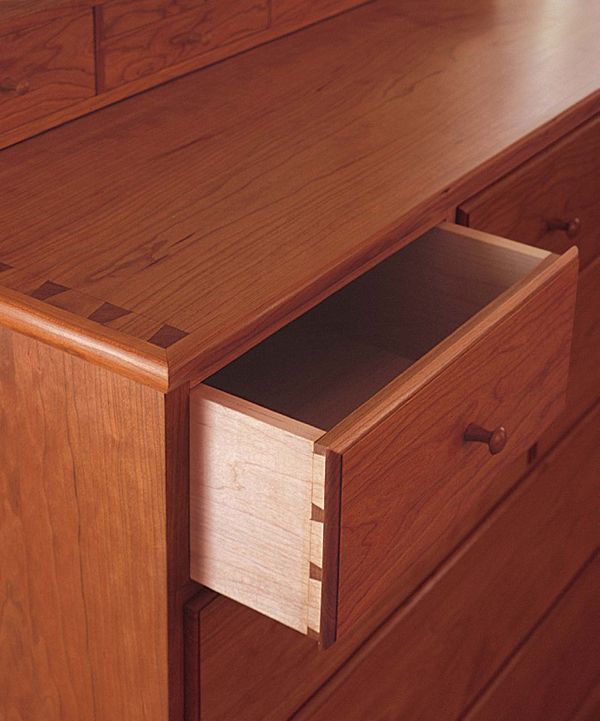The Mysteries and Magic of Cherry
A look at America''s premier cabinetwood
Synopsis: How can a beginning woodworker go wrong choosing to work with cherry? Learning the whims and ways of this wood is one of woodworking’s great challenges, and it bestows its charms only upon those who toil for the privilege, according to Jon Arno. In this article, he explains why boards can vary so much in color, texture, and other characteristics. He also details the regions in which the trees grow, providing unmatched insight into the species.
From Fine Woodworking #169
Of the hundreds of woods I’ve spent a lifetime studying, none has so captivated me as cherry. Even now, when I bring it into my shop, its pleasant scent, subtly warm appearance, and satiny feel soothe me with a sense of familiarity and comfort. And yet every time I choose it for a project, my confidence is shaken. This species often seems to have a hidden personality—always friendly but never totally forthcoming. There are, of course, tangible and physical reasons behind the mysteries and magic of cherry; at least, I’ve discovered a few of them.
In many ways, our native North American black cherry (Prunus serotina) is a nearly ideal cabinetwood. Its density, texture, stability, durability, working properties, color, and figure are as beckoning to some woodworkers as a cold beer on a hot summer day. And history would seem to second that conclusion, because cherry has figured prominently in American furniture. Museum-quality pieces turned out by skilled 18th-century cabinetmakers are among the finest examples of American craftsmanship of that period. Also, the Shaker craftsmen of the 19th century, who certainly knew a thing or two about practicality and function, chose cherry for much of their best work.
So, how could the beginning woodworker go wrong in selecting cherry? Actually, it’s surprisingly easy. In experienced hands, cherry yields results of uncommon beauty, and it deserves its place as one of the world’s most prestigious cabinetwoods. But learning the whims and ways of cherry is one of woodworking’s great challenges, and cherry bestows its many charms only upon those who toil for the privilege.
You never can count on any two shipments of cherry being quite the same in either color or texture. Nor can you ever completely count on its consistency from board to board within a given shipment. While one board may display the classic flesh-pink color and subtly intricate figure that is most common to this species, another will reveal a noticeably wavy curl in the grain. The next may be peppered with jet-black gum pockets, while still another will be slightly coarser textured, perhaps even flaunting decidedly greenish or chartreuse highlights. And if you’re tempted to blame all of this inconsistency on sloppy handling and sorting at the mill, you’d probably be wrong. In fact, much of the varied lumber in each shipment you receive actually may have come from the same log.
For the full article, download the PDF below.
Fine Woodworking Recommended Products

Ridgid R4331 Planer

AnchorSeal Log and Lumber End-Grain Sealer

DeWalt 735X Planer























Log in or create an account to post a comment.
Sign up Log in